A much-debated legend in baseball involves the New York Yankee’s Babe Ruth at the plate facing the Chicago Cubs at Wrigley Field for game 3 of the 1932 World Series. According to the story, Ruth was enduring quite a bit of trash-talk from the Cubs’ bench, and he returned same: With the count at two balls and two strikes, Ruth pointed to the center field bleachers. On the next pitch, Ruth hit a home run right to those center field bleachers. The Yankees went on to win the game 7-5.
I had my own called shot (sort of) this weekend while leading a field trip to Couch Park in Stillwater. Couch Park doesn’t look particularly birdy at first glance, but it became very popular in 2007–2008 when both Red Crossbills and Rusty Blackbirds took up temporary residence there. We advertised this simple bird walk via the email list of the Payne County Audubon Society, and I announced it in my class of about 110 students. My prediction was that we would see “about 25” species, and the goal bird for the trip was Yellow-bellied Sapsucker.
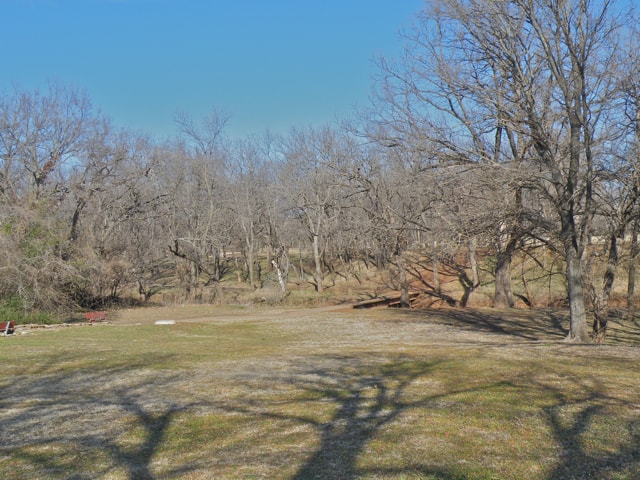
Ten of us gathered at 9:00 on a bright, chilly morning. Participants included 4 PCAS members and 6 OSU students. We met at the 12th St. entrance and birded the “North Couch Park” area. Working the perimeter of the park took about an hour and half. We concentrated on taking the time to afford good looks of common species for the beginners in the group. They ended up with excellent views of Dark-eyed Juncos, Red-bellied Woodpeckers, Northern Flickers, and a Red-shouldered Hawk. Birds heard but not seen were a Belted Kingfisher and Eastern Bluebird.
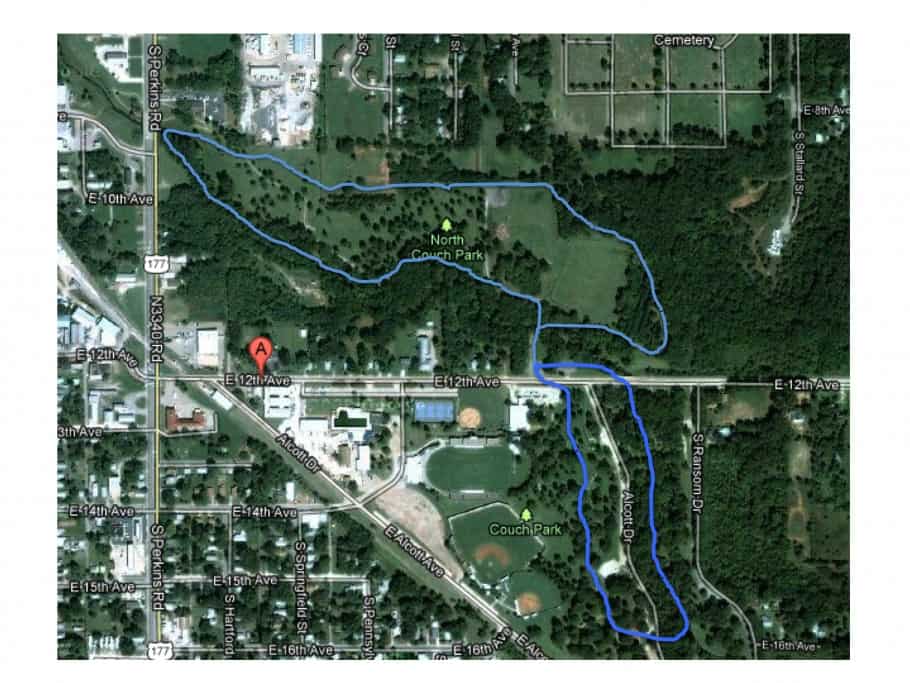
We returned to the parking area by 10:30, with 22 species on the list, and having missed the sapsucker. At this point the students were ready for brunch and the group disbanded. One birder remained, however, and indicated that he would spend a little more time walking the riparian forest south of 12th St. Because we were ahead of my scheduled two-hour estimate for the trip’s duration, I had some time too, and agreed to join him.
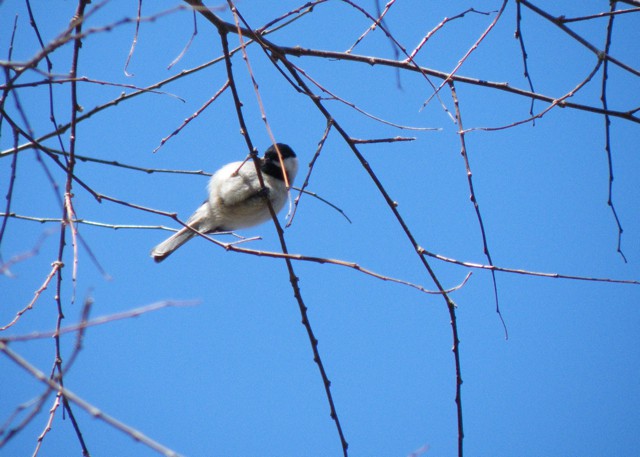
You know what happened next: The students weren’t gone 5 minutes before we picked up Mourning Dove and Northern Mockingbird, and just a little more patience revealed a Yellow-bellied Sapsucker! I returned to my car at 11:00 on the dot, with 25 species on the list, and Yellow-bellied Sapsucker among them. This one’s for you, Babe.
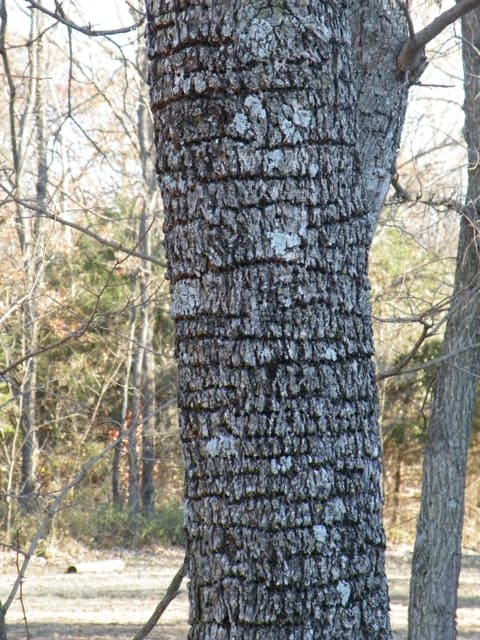

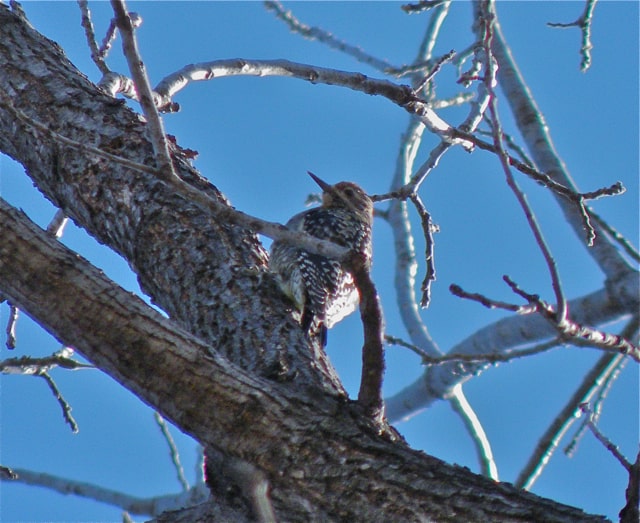
Mallard 1
Cooper’s Hawk 1
Red-shouldered Hawk 2
Ring-billed Gull 1
Mourning Dove 6
Belted Kingfisher 1
Red-bellied Woodpecker 2
Yellow-bellied Sapsucker 1
Downy Woodpecker 1
Northern Flicker 6
Blue Jay 5
American Crow 1
Carolina Chickadee 3
Tufted Titmouse 4
White-breasted Nuthatch 3
Carolina Wren 7
Eastern Bluebird 1
American Robin 36
Northern Mockingbird 1
European Starling 6
Yellow-rumped Warbler 6
Dark-eyed Junco 44
Northern Cardinal 7
American Goldfinch 38
House Sparrow 2
Tim O'Connell
Tim O'Connell is a professor at Oklahoma State University where he teaches classes in wildlife ecology and directs research on bird/habitat associations. He is the current president of the Payne County Audubon Society, and has held positions with the Oklahoma Ornithological Society, Pennsylvania Society for Ornithology, and the State College (PA) Bird Club. He is keenly interested in training the next generation of birders and ornithologists, and actively engaged in efforts to do that through the international Wilson and Cooper ornithological societies.
- Web |
- More Posts(5)
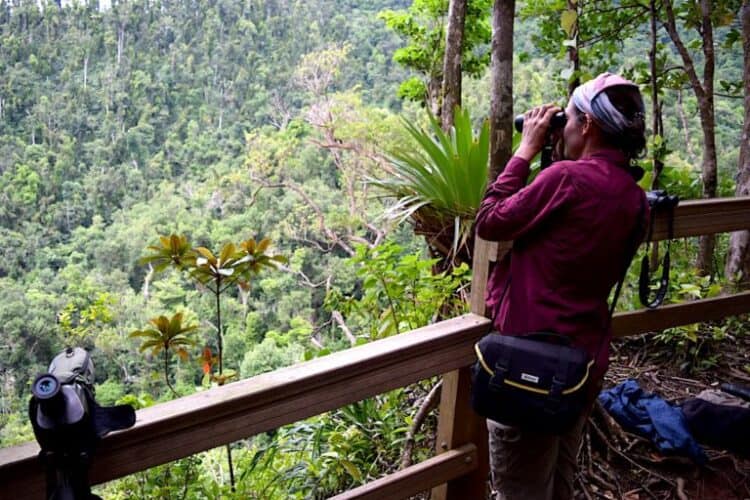
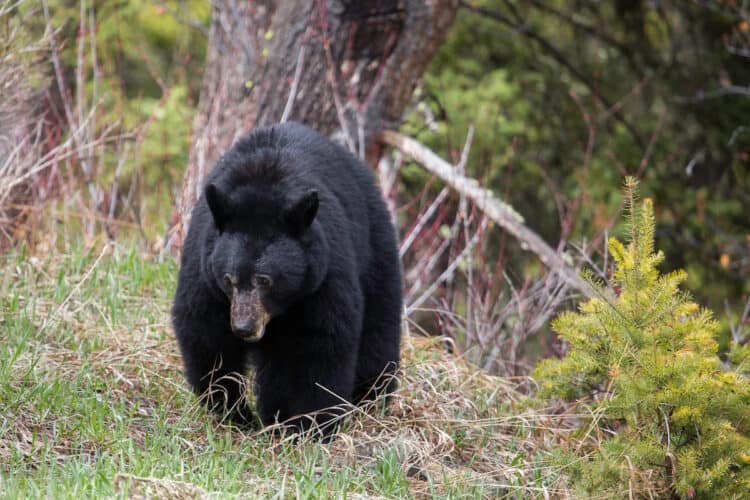
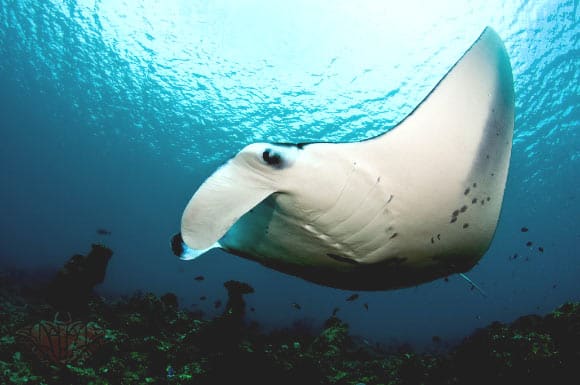
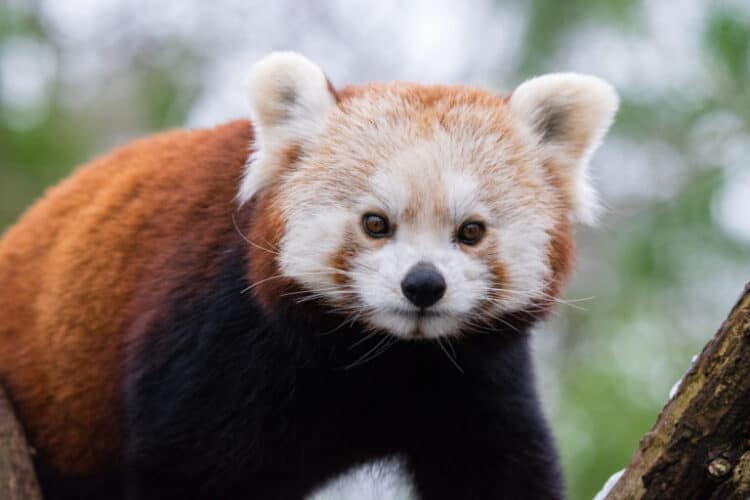

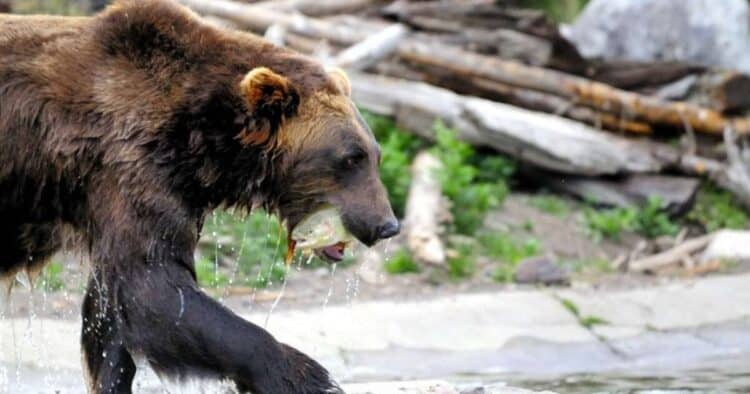
Leave a Reply